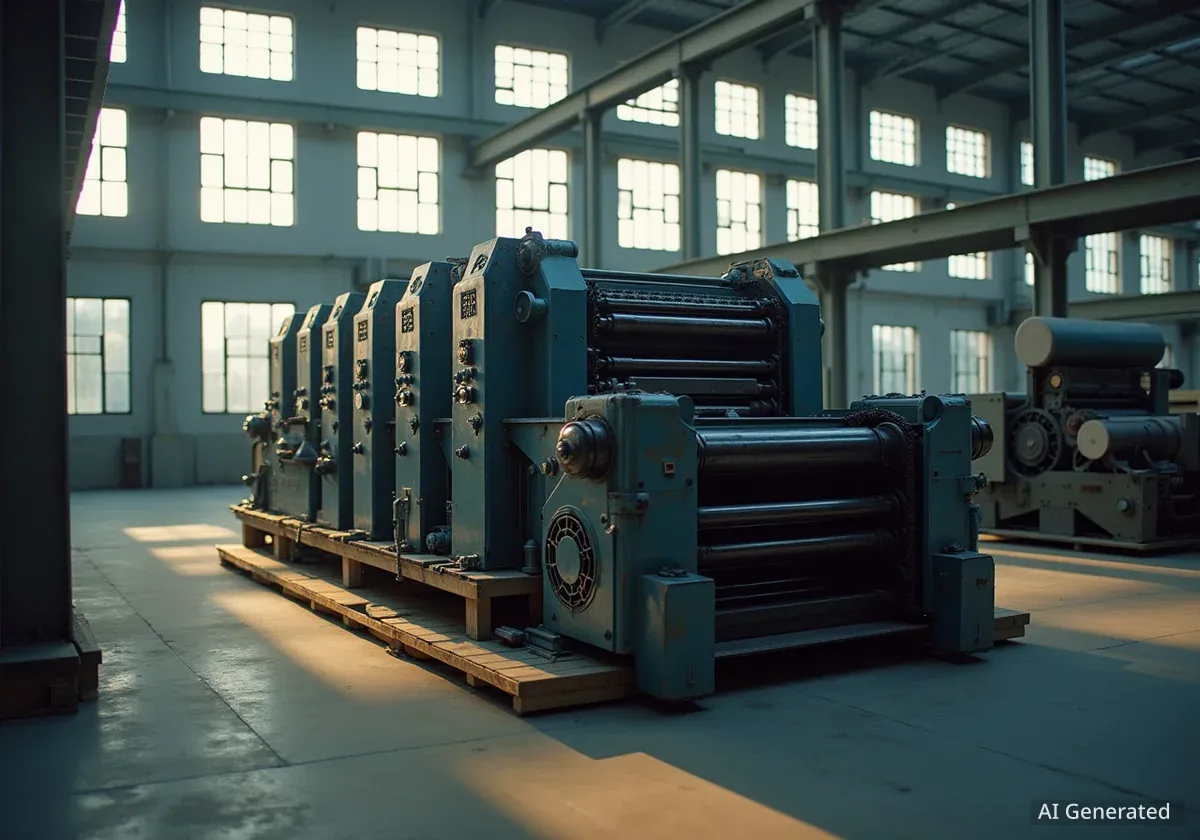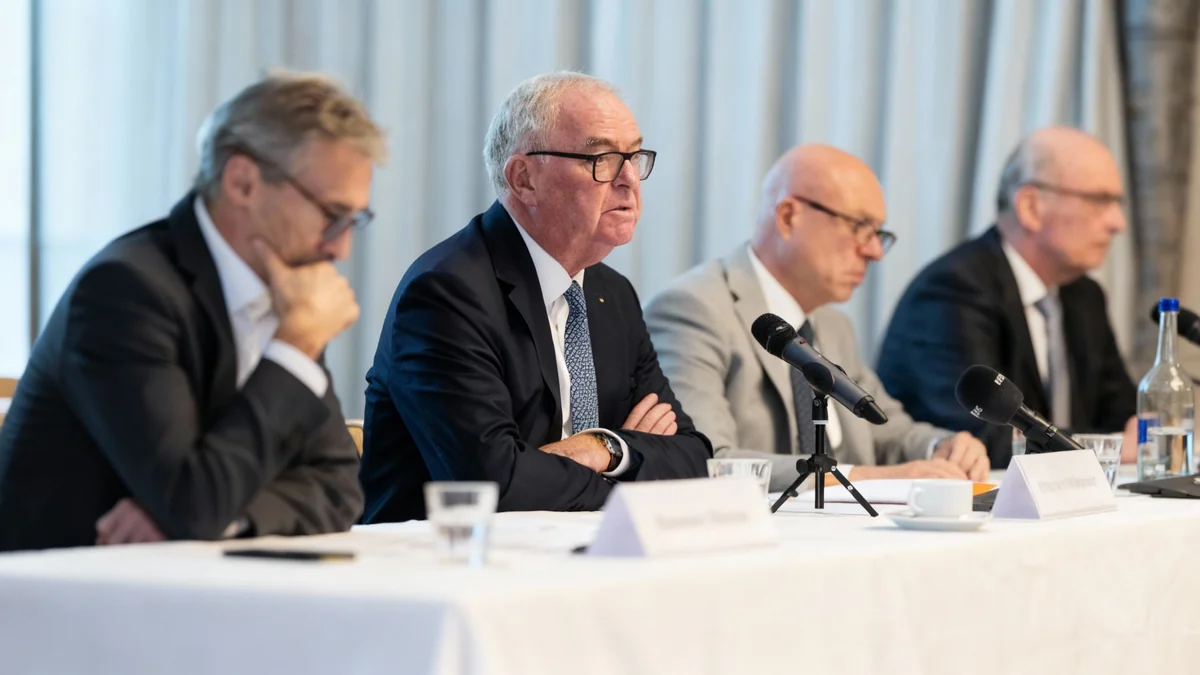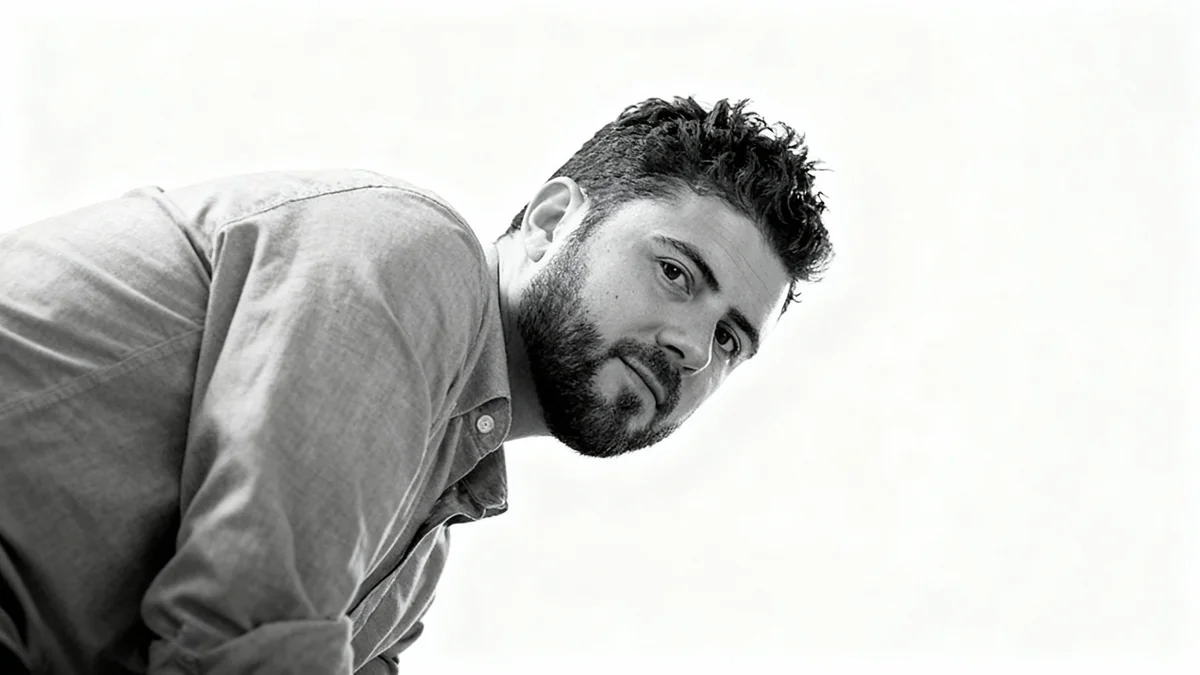Worb, Switzerland – The Aeschbacher Printing Company AG, a business with a 144-year history in Worb, has officially relocated its operations. The company, known for publishing the iconic 'Milchbüechli' (milk record book) and printing tickets for the Worblentalbahn, has moved its business sectors to Ast & Fischer Printing Company in Wabern. The former Aeschbacher building on Güterstrasse is now available for rent, marking the end of a significant era for the Worb region.
Key Takeaways
- Aeschbacher Printing Company, a Worb institution for 144 years, has moved to Wabern.
- The company sold its printing, ticketing, and publishing operations to Ast & Fischer.
- The former Worb building, including its cafeteria, is now vacant and available for rent.
- The move signifies the end of the 'Milchbüechli' era and a long family tradition.
- Technological shifts in the printing industry heavily influenced the family's decision.
A New Chapter for a Historic Business
Thomas Aeschbacher, the company's managing director, is overseeing the final stages of the move from the Worb premises. He explained the family's decision to relocate and sell parts of the business. The multi-story building at Güterstrasse 10 still bears the Aeschbacher name. Inside, old printing presses and drawers filled with lead type letters remain. However, the ten employees have already transitioned to their new workspace in Wabern.
The move represents a major change for the Aeschbacher family and the community of Worb. For generations, the company was a central part of the local economy. Its departure leaves a notable gap in the town's industrial landscape.
Company History at a Glance
- 1881: Christian Aeschbacher founded the printing company and bookbinding business.
- Early 1900s: Became known for the 'Milchbüechli' for local farmers.
- 1913: Started printing cardboard tickets for the Worblentalbahn.
- 1924: Relocated to the current Güterstrasse 10 building; began publishing the 'Anzeiger Konolfingen'.
- 2021: Received the Worb Business Award for innovation in ticket printing.
- 2025: Relocated operations to Wabern.
The End of an Era in Worb
The departure of Aeschbacher Printing Company marks the end of an important era for Worb. For decades, the company was a significant local employer and publisher. It produced the 'Milchbüechli' for regional farmers and printed cardboard tickets for the Worblentalbahn. Later, it also published the official gazette 'Amtsanzeiger Worb' and the local newspaper 'Worber Post'.
"At times, 50 employees worked here," Thomas Aeschbacher stated. "Recently, there were only ten."
This reduction in staff highlights the changing landscape of the printing industry. The company's peak employment reflected its central role in the regional economy. Its current size indicates a shift in market demands and operational scale.
The Milchbüechli Legacy
The 'Milchbüechli' (milk record book) was a well-known product of Aeschbacher Printing Company. It was used by farmers in the region to record milk production. This simple, practical item became a symbol of the company's deep connection to the local agricultural community.
Evolution of Printing and Ticketing
Some of the old printing presses on the upper floor of the Worb building still function. Thomas Aeschbacher demonstrated how cardboard cards were fed into the large ticket printing machine. These machines produced the printed cardboard tickets once used by train conductors. Today, these same types of cards find new life. For example, Gelateria di Berna uses them as vouchers, proving the enduring quality of some of Aeschbacher's traditional products.
The printing market has undergone significant changes over the last 30 to 40 years. "The shift from lead typesetting to film setting and digital setting since the introduction of computers in the early 90s was a huge technological leap," Aeschbacher explained. "It changed all printing processes."
After 2000, the demand for printed products gradually decreased. "Catalogs, price lists, brochures, timetables, and telephone directories – much of it has now partly disappeared," he noted.
Innovation in Ticketing
Despite the decline in traditional print, new opportunities emerged. Thomas Aeschbacher described his father, Hans-Jürg Aeschbacher, as a passionate and innovative printer. "My father had vast technical knowledge, always found good solutions, and remained innovative," he said. "He continuously adapted the company to the market with great enthusiasm."
His father was involved in testing multi-journey tickets and helped develop the orange-blue security background for tickets. Since 2012, bus and rail operators across Europe have received printing data for their tickets from Aeschbacher AG. This shows the company's ability to adapt and specialize in a niche market.
Planning for the Future
The question of succession brought Thomas and his brother, Stefan Aeschbacher, into the family business. Thomas Aeschbacher is a finance professional, having worked in asset management for ten years. "That is helpful for business management," he said. He found it exciting to continue a tradition. However, his father's legacy was substantial, and neither he nor his brother initially had experience in the printing trade. Stefan Aeschbacher contributed his IT expertise to the business.
Both brothers recognized the need for significant change. "Big changes were coming for us," they understood. The number of printing companies is decreasing rapidly. Thomas Aeschbacher explained that a family printing company needs to think in terms of decades, not just quarterly results. "We had to set the course for the future."
Hans-Jürg Aeschbacher gradually withdrew from the business. A year ago, he formally handed over the family business to his sons. "It was an emotional process, but it was beautiful to go this path together as a family," Thomas Aeschbacher shared.
The Relocation is Complete
The Aeschbacher family believes they found a good buyer in Ast & Fischer Printing Company. The relocation process is now complete. "Everything went well," Thomas Aeschbacher confirmed. The ten employees continue to work in their specialized areas, now within the open-plan office in Wabern, integrated among Ast & Fischer's staff.
Thomas Aeschbacher will continue to support quality processes and customer service in ticketing and publishing during the transition. Afterward, he plans to seek new challenges in a different industry. "Letting go was difficult, but it is easier when you have found a good solution," he reflected. He will miss the close-knit team. He also hopes to find new uses for the historic machines, not wishing to simply dispose of them.
New Life for the Worb Building
For the former Aeschbacher building in Worb, Thomas Aeschbacher envisions various possibilities. It could house offices, production facilities, or storage. He also considers something entirely new, "something that fits well." Part of the space has already been rented by the company Toprope. The remaining 1800 square meters are still available. The building has four entrances, offering the potential to accommodate four to six different companies. "I am excited to see what comes next!" he concluded.




